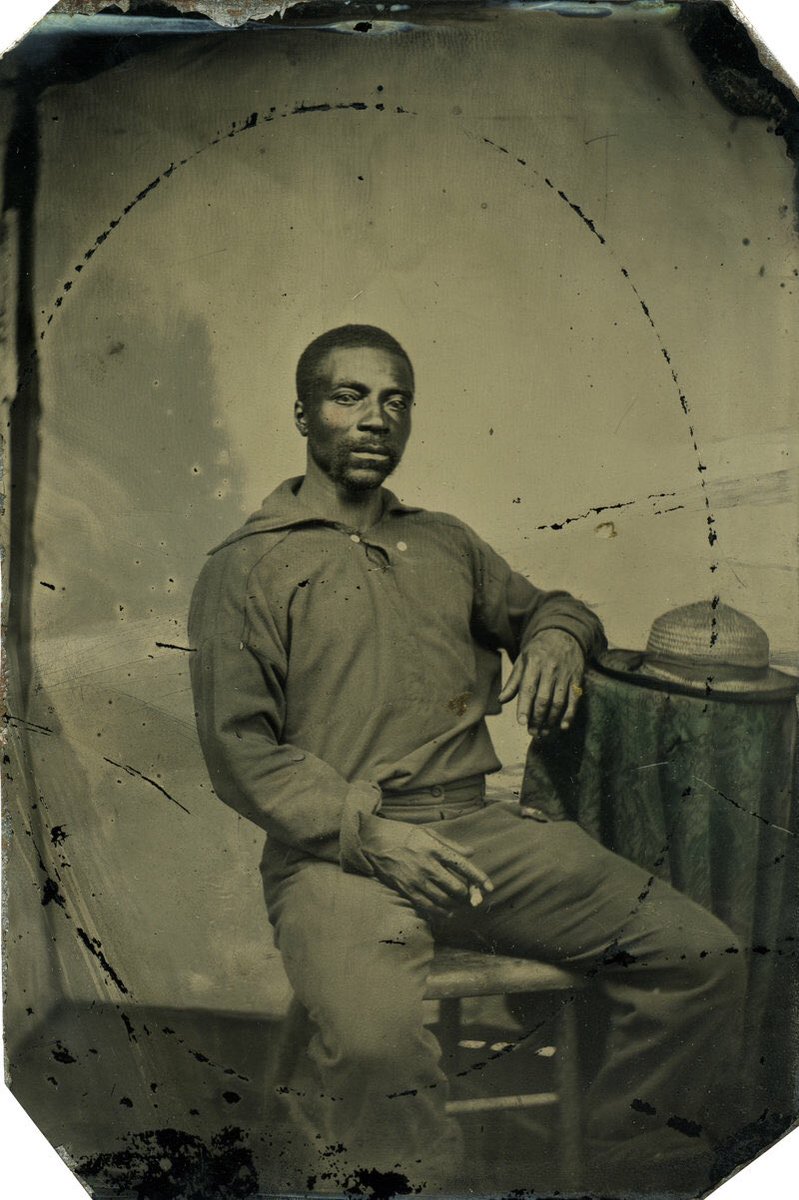One of the most significant contributions by an enslaved African in the construction of the U.S. Capitol was made by Gullah Geechee artisan Philip Reid.
When construction of the Capitol began in 1793, Washington, D.C., was little more than a rural landscape with dirt roads and few accommodations beyond a small number of boarding houses. Skilled labor was hard to find or attract to the fledgling city.
Enslaved laborers, who were rented from their owners, were involved in almost every stage of construction. Born around 1820, Reid was an enslaved laborer in the foundry run by the self-taught sculptor Clark Mills, who cast the Statue of Freedom.
Mills was a former resident of South Carolina, where he had purchased Reid in Charleston for $1,200. In 1860, Mills the commission for casting Thomas Crawford& #39;s Statue of Freedom for the top of the Capitol’s new dome his owner received the payment for his work the other six days.
Learn more about the key role Philip Reid played in the completion of the U.S. Capitol from this article. https://www.aoc.gov/explore-capitol-campus/art/statue-freedom/philip-reid">https://www.aoc.gov/explore-c...

 Read on Twitter
Read on Twitter





